ITALIAN WINE REGIONS AND GRAPES
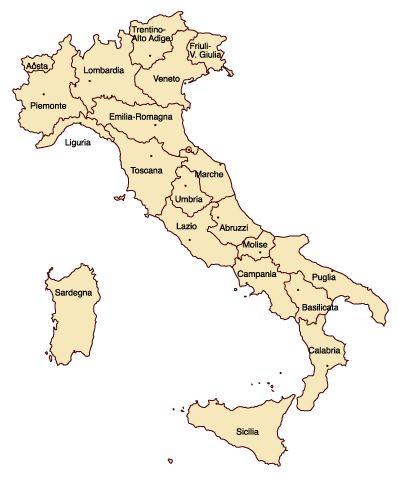 GEOGRAPHICAL
CHARACTERISTICS.
GEOGRAPHICAL
CHARACTERISTICS.
Important wine-relevant characteristcs of Italy include:
The extensive latitudinal range of the country permits wine growing from the
Alps in the north to almost-within-sight of Africa to the south; The Fact that
Italy is a Peninsula with a long shoreline, contributes moderating climate to
coastal wine regions; The extensive mountains and foothills provide many
altitudes for grape growing and a variety of climate and soil conditions.
ITALIAN WINE REGIONS.
Italy 20 wine regions correspond to the 20 administrative regions. Understanding
of Italian wine becomes clearer with an understanding of the differences between
each region. Their cuisines reflect their indigenous wine wines, and vice-versa.
The 70 DOCG wines (updated to 2011) are located in 13 different regions, but
most of them are concentrated in Piedmont and Tuscany.
Among these are appellations appreciated and sought after by wine lovers around
the world: (just to mention a few: BAROLO, BARBARESCO, BRUNELLO DI MONTALCINO).
ITALIAN GRAPES AND WINES
Italy's Ministry of Agriculture and Forestry, has documented over 350 grapes
and granted them "authorized" status.
SOME OF THE MOST POPULAR ITALIAN RED- GRAPES:
- BARBERA - The most widely grown red wine grape of Piedmont and souther Lombardy, most famously around the towns of Asti, Alba and Pavia (Oltrepo' Pavese). The wines of Barbera were once simply "what you drank while waiting for the BAROLO to be ready." With a new generation of wine makers, this is no longer the case. Aged BARBERA gets the name "BARBERA SUPERIORE" (superior Barbera), sometimes aged in French barrique becoming "BARBERA BARRICATO", and intended for the international markets. The wine has bright cherry fruit, a very dark color and a food friendly acidity.
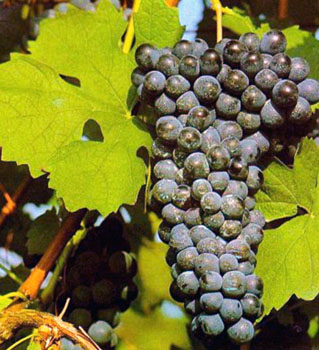
- CORVINA - Along with the varietals RONDINELLA and MOLINARA, this is the principal grape which makes the famous wines of the Veneto: VALPOLICELLA and AMARONE. VALPOLICELLA wine has dark cherry fruit and spice. After the grapes undergo "passito" ( a drying process: the grapes are left to dry after harvesting for a period of time, before getting pressed), the wine is now called AMARONE and is extremely high in alcohol (16% and up) and full of raisn, prune and syrupy fruits. Some AMARONES can age for more than 40 years and command spectacular prices. In December 2009, there was a celebration when the acclaimed AMARONE DI VALPOLICELLA was finally awarded its long-sought DOCG status.
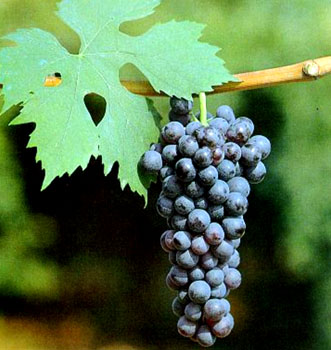
- DOLCETTO - A grape that grows alongside Barbera and Nebbiolo in Piedmont. Its name means "little sweet one", referring not to the taste of the wine, but the ease in which it grows and makes great wines, suitable for everyday drinking. Flavors of concord grape, wild blackberries and herbs permeate the wine.
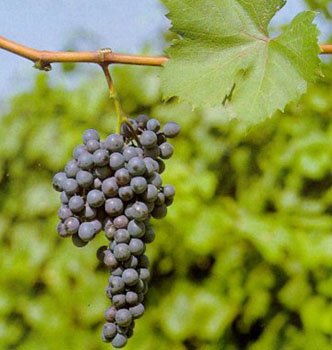
- MALVASIA NERA - Black (red) Malvasia to distinguish it from the white variety is from Piedmont. It is weet and perfumed wine, sometimes elaborated in the Passito style (see AMARONE). However in the last century this grape has become more and more popular in the south of Italy. Great wines with this grape come from Sicily and the south end of Puglia (Salento).
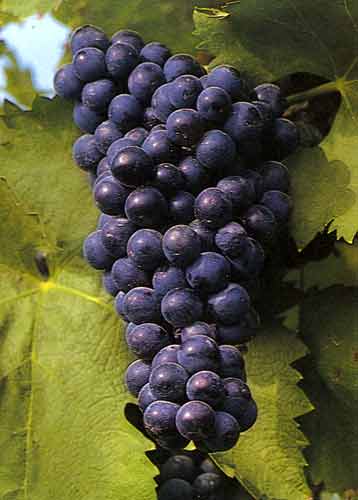
- MONTEPUCIANO - The grape of this name has not to be confused with the Tuscan town of Montepulciano. It is most widely planted on the opposite coast in Abruzzo. Its wines develop silky like fruit, friendly acidity, and light tannin. More recently, producers have been creating a rich, inky, extracted version of this wine, a sharp contrast to the many inferior bottles produced in the past.
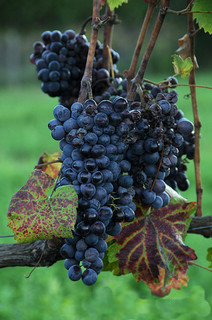
- NEBBIOLO - The most noble of Italy's varieties. The name (meaning little fog) refers to the autumn fog that blankets most of Piedmont where Nebbiolo is chefly grown, and where it achieves the most successful results. A difficult grape to cultivate, it produced the ost renowned BAROLO and BARBARESCO, made in province of Cuneo, along with the lesser known SFORZATO, INFERNO and SASSELLA made in the locations of Valtellina, Ghemme and Gattinara in the Vercelli Province. The wines are known for their elegance and power with a bouquet of wild mushroom, truffle, roses and tar. Traditionally produced Barolo can age for 50 years and plus and is regarded by many wine-enthusiasts as the greates wine of Italy.
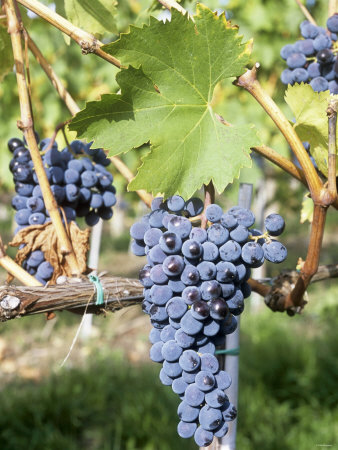
- NEGROAMARO - The name literally means "black and bitter". A widely planted grape with its concentration in the Region of Puglia, it is the backbone of SALICE SALENTINO: spicy, toasty and full of dark red fruits. These wines are still relatively internationally unknown, but can be of surprisingly estraordinary quality and very pleasant to consume.
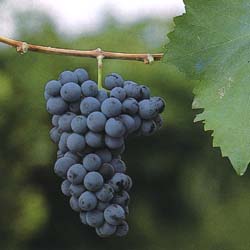
- NERO D'AVOLA - Nearly unheard of in the international market until recent years, this native varietal of Sicily is gaining attention for its plummy fruit and sweet tannins. The quality of Nero D'Avola has surged in recent years.
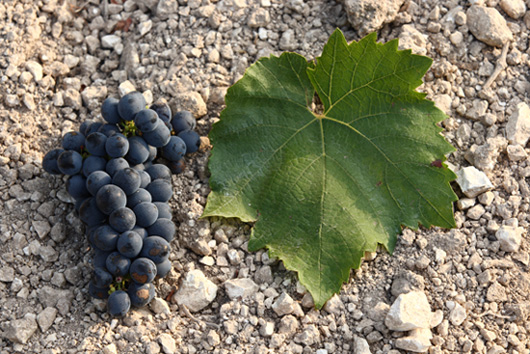
- PRIMITIVO - A red grape planted found in southern Italy, most notably in Puglia. Primitivo is robust and rustic, with spicy black fruit notes, and thrives in very warm climates, where it can achieve very high alcohol levels. recently it is gaining attention in international markest and is appreciated for its pleasant and full carachter.
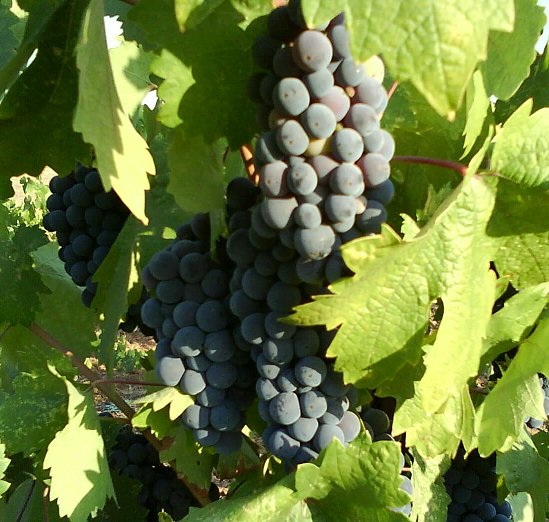
- SANGIOVESE - Italy's claim to fame, the pride of Tuscany. Traditionally made the wines are full of cherry fruit, earth and cedar. It produces CHIANTI (Classico), ROSSO DI MONTALCINO, BRUNELLO DI MONTALCINO, ROSSO DI MONTEPULCIANO, MOTEFALCO ROSSO and many others. Sangiovese is also the backbone in many of the acclaimed, modern-styled "SUPER TUSCANS", where it is blended with Bordeaux varietals (Cabernet Sauvignon, Merlot and Cabernet Franc) and typically aged in French Oak Barrels, resulting a wine primed for the international market in the style of a typical California Cabernet: oaky, high-alcohol, and a ripe, jammy, fruit-forward profile.
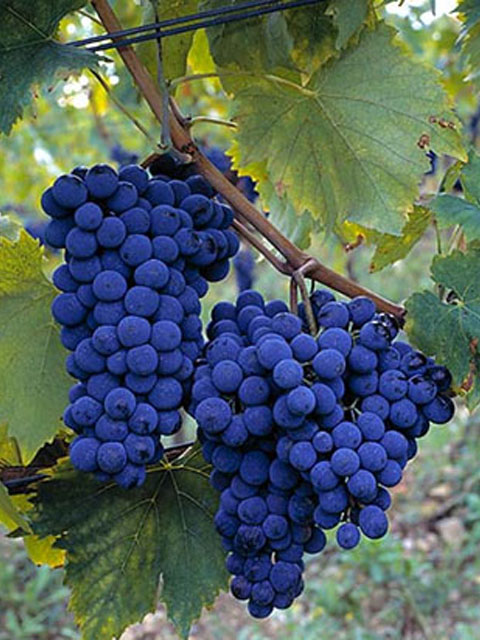
SOME OF THE MOST POPULAR ITALIAN WHITE GRAPES:
- ARNEIS - A crisp and floral variety from Piedmont, which has been grown there since the 15th century.
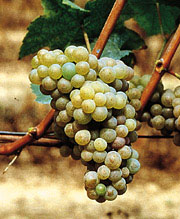
- FIANO - Grown on the southwest coast of Italy, the wines from this grape can be described as dewy and herbal, often with notes of pinenut. A varietal of the southeast coast of Italy is called FIANO MINUTOLO it has a more fruity and spiced character very refreshing.
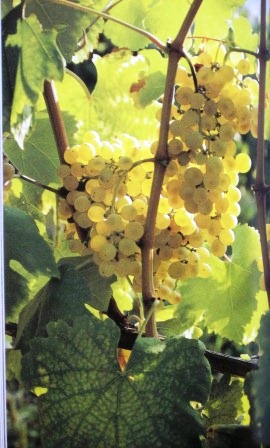
- MALVASIA BIANCA - Another white variety that peeks up in akk corners of Italy, with a wide variety of clones and mutations. Can range from easy quaffers to funky, musty whites. It is often used in blends.
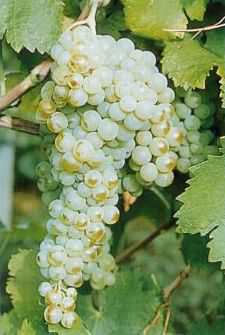
- MOSCATO - Grown mainly in Piedmont, it is mostly used in the slightly-sparkling, semi sweet Moscato D'Asti. Not to be confused with Moscato Giallo (yellow moscato) and Moscato rosa (Pink moscato) two germanic varietals that are grown in the north east part of Italy in the Region of Trentino Alto Adige.
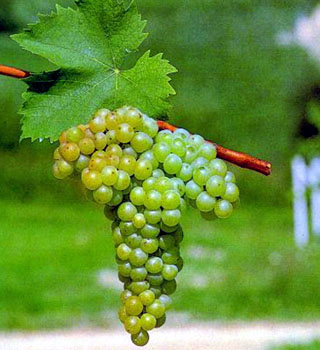
- PINOT GRIGIO - A hugely successful commercial grape (known as PINOT GRIS in France), its wines are characterized by crispness and cleanness. As a hugely mass-produced wine, it is usually delicate and mild, but in good producers' hands, the wine can grow more full-bodied and complex.
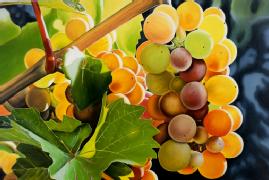
- RIBOLLA GIALLA - A slovenian grape that now makes its home in Friuli, these wines are decidedly old-world, with aromas of pineapple and mustiness.
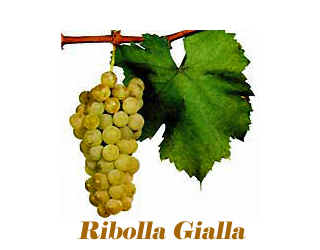
- VERMENTINO - This is widely planted in the northern Sardinia Island, but can also be found in the Tuscan and Ligurian coastal districts. Wines are particularly popular to accompany fish and seafood.
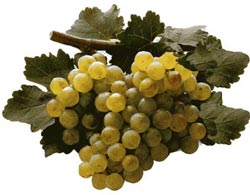
- Non native varieties that are cultivated in Italy include CHARDONNAY, GEWUERZTRAMINER, PETITE ARVINE, RIESLING and many others.
 GEOGRAPHICAL
CHARACTERISTICS.
GEOGRAPHICAL
CHARACTERISTICS. 















